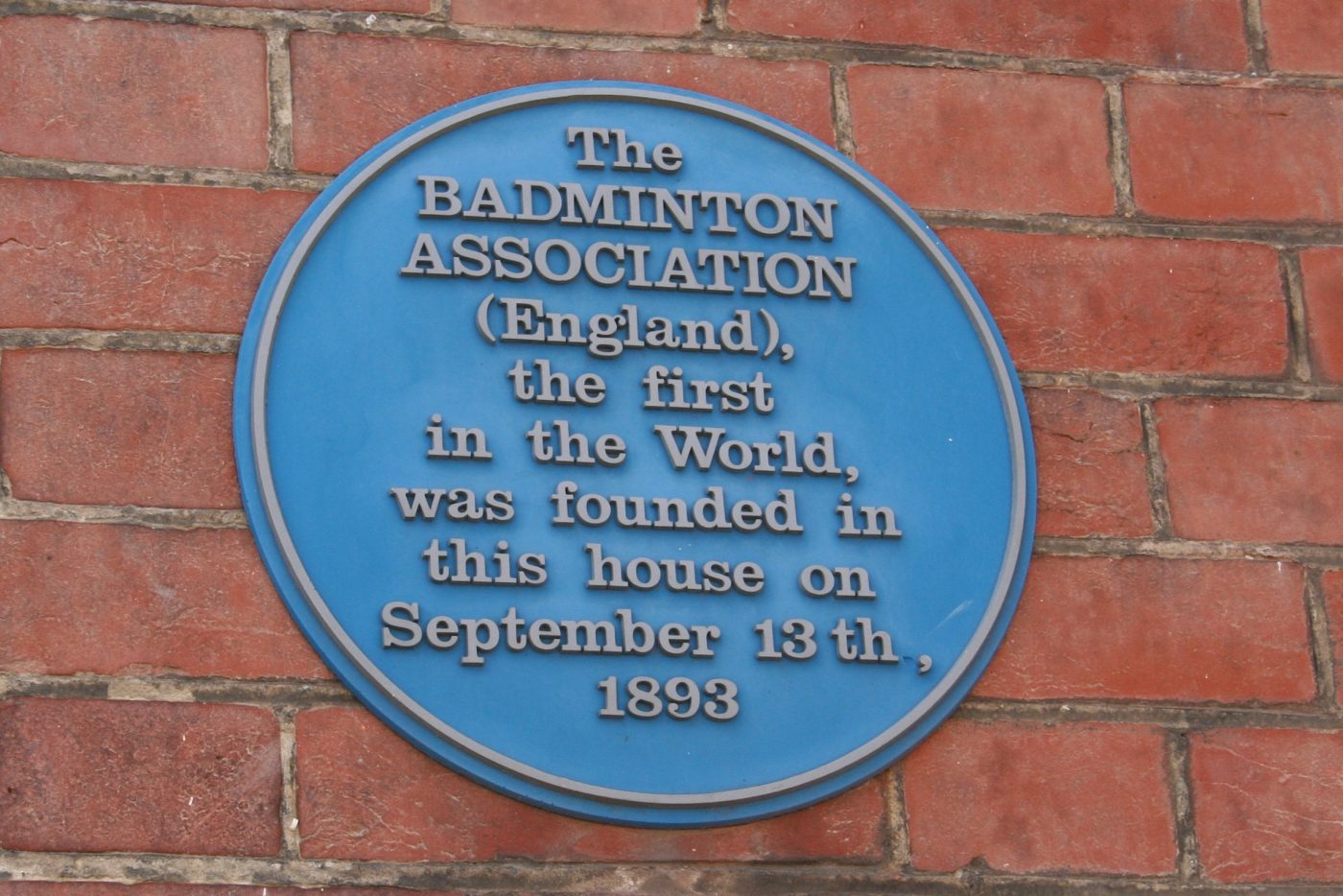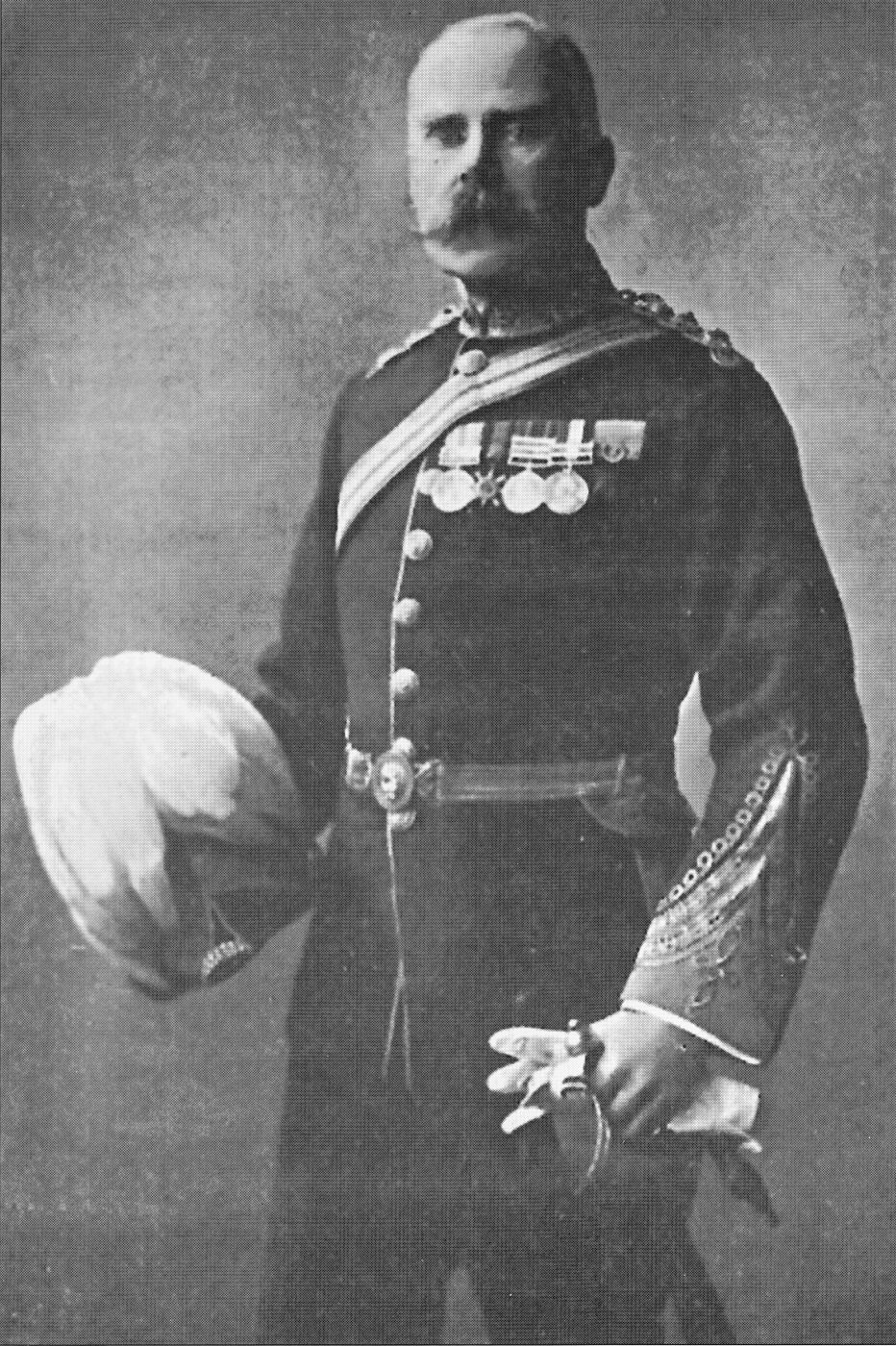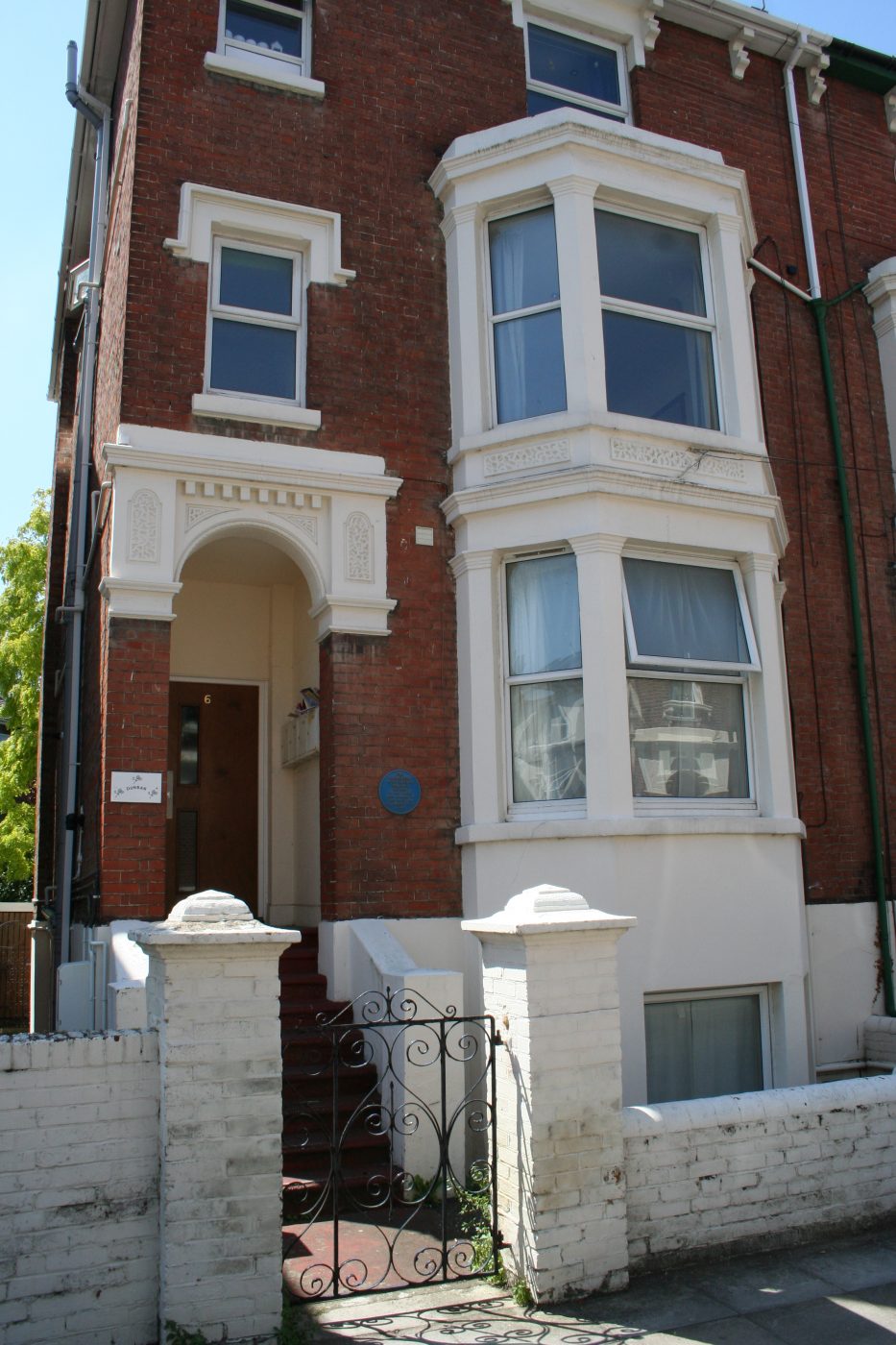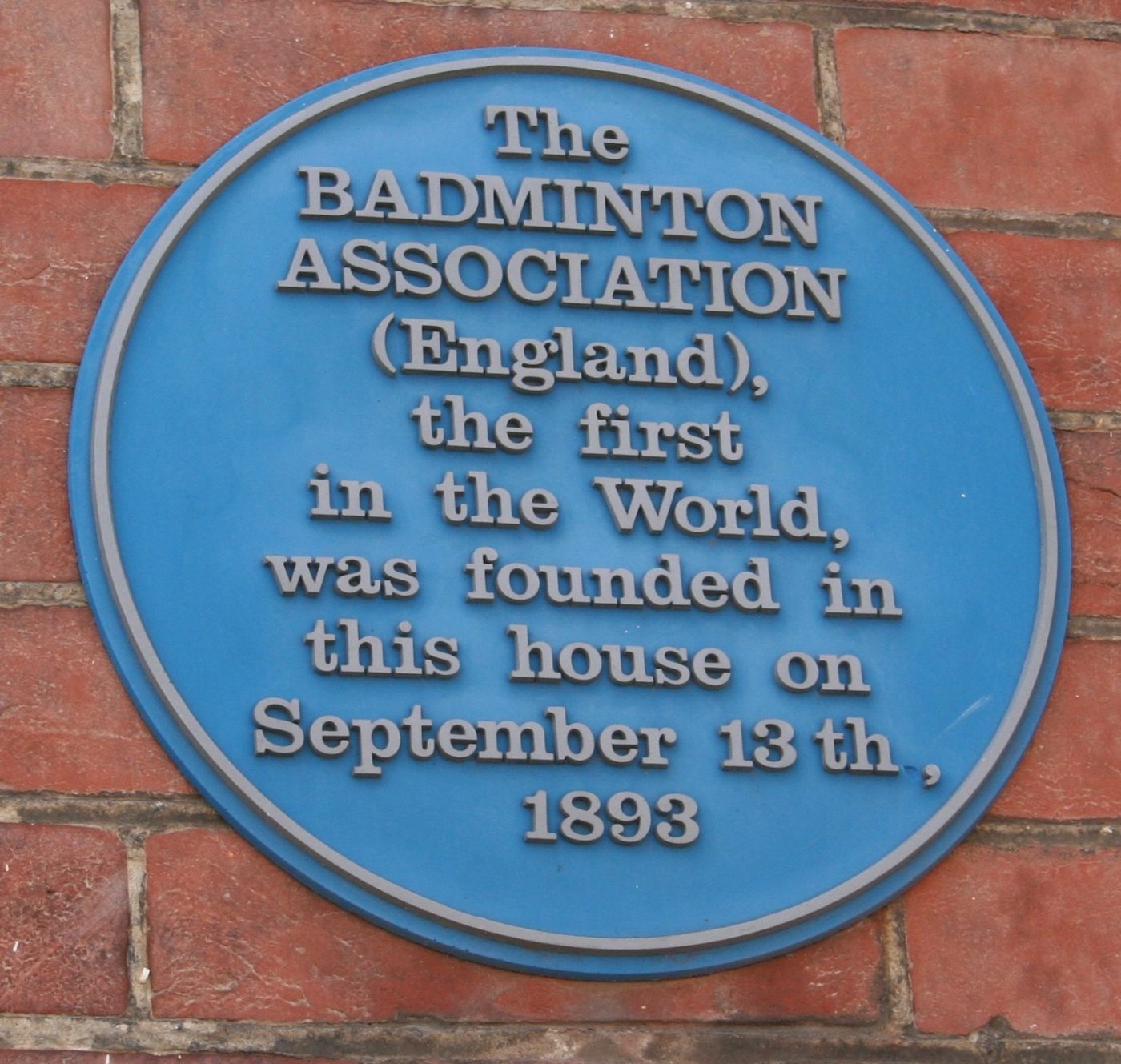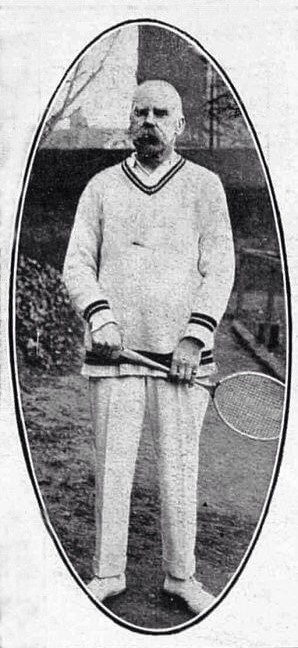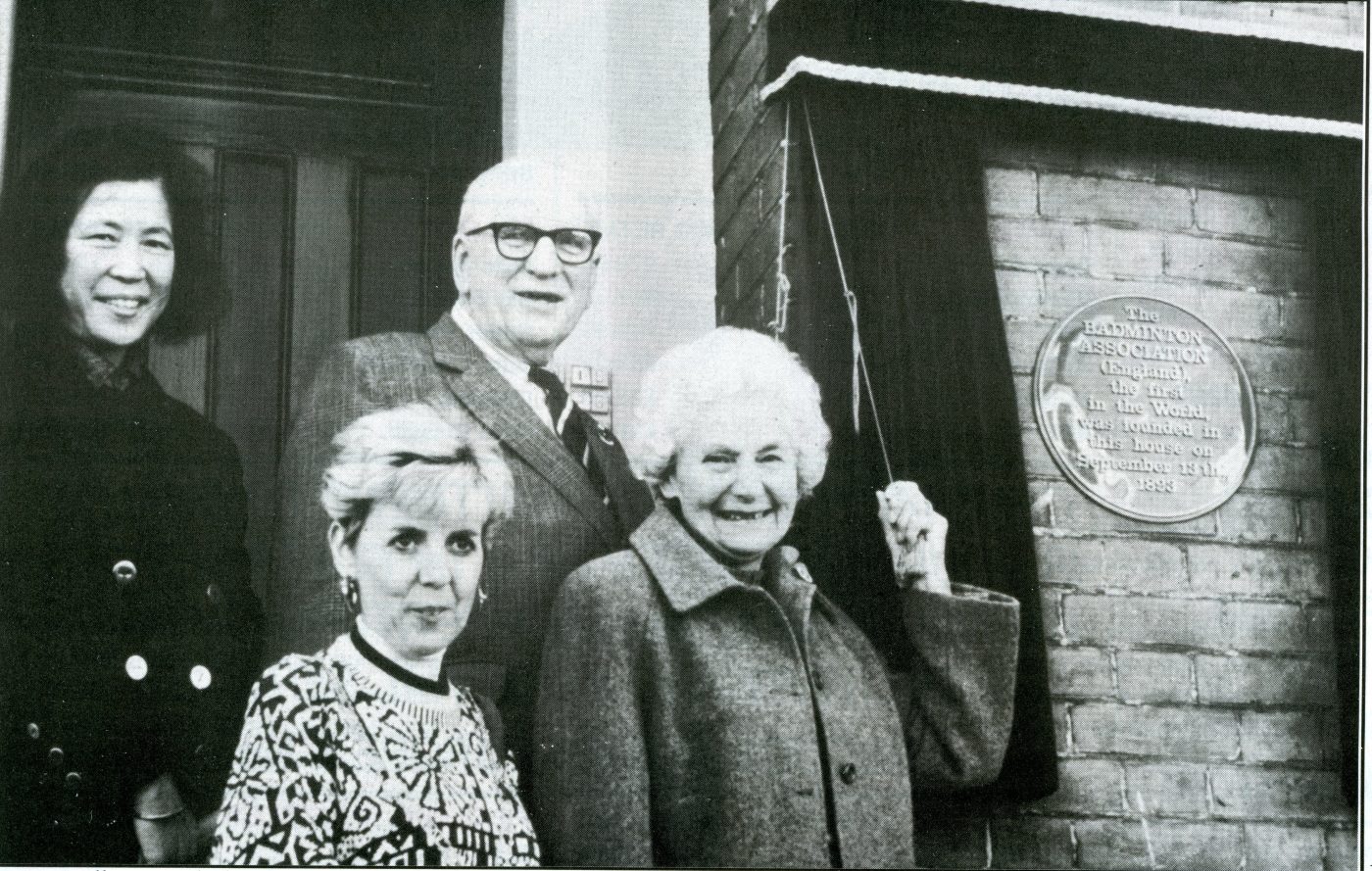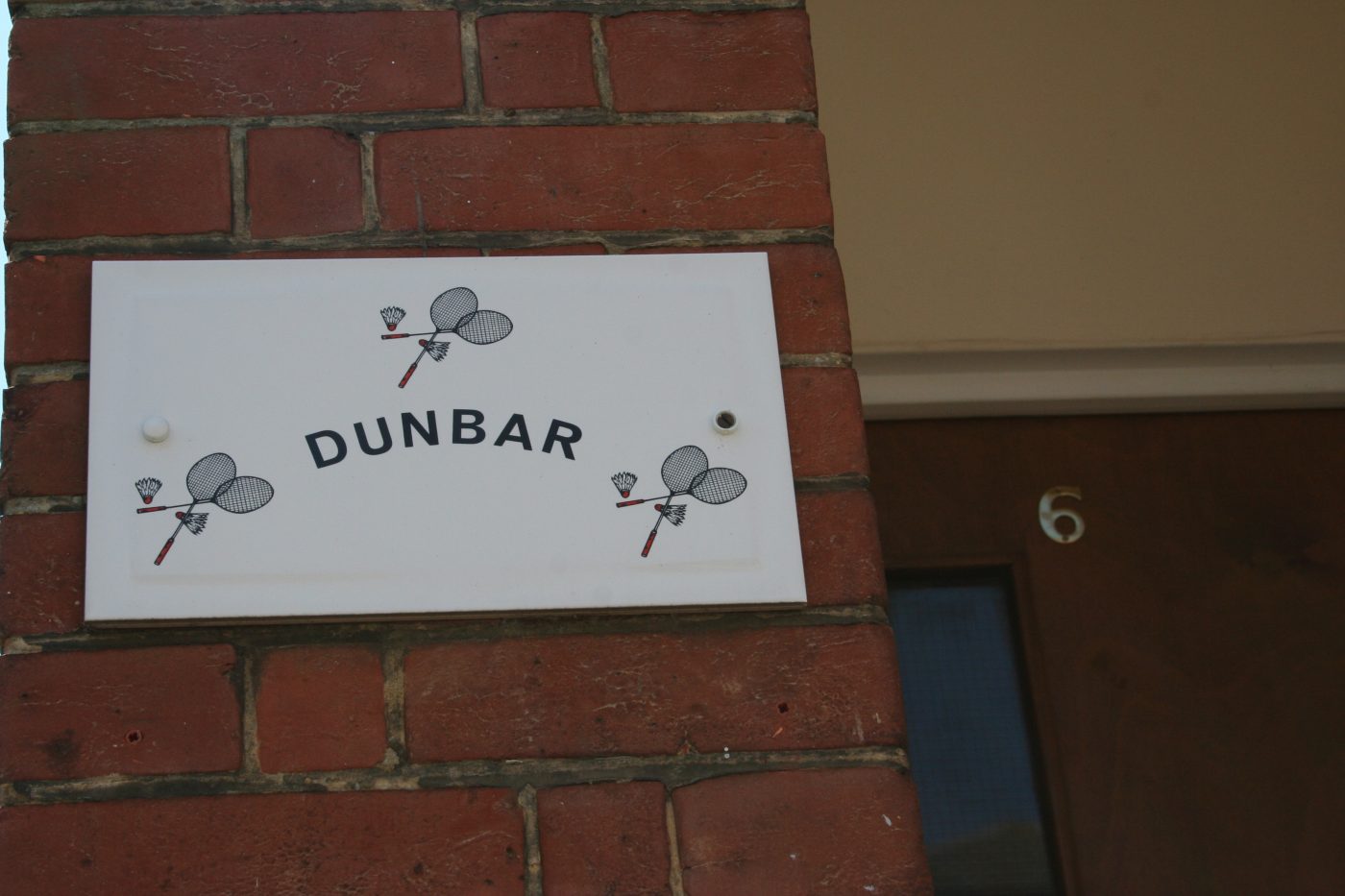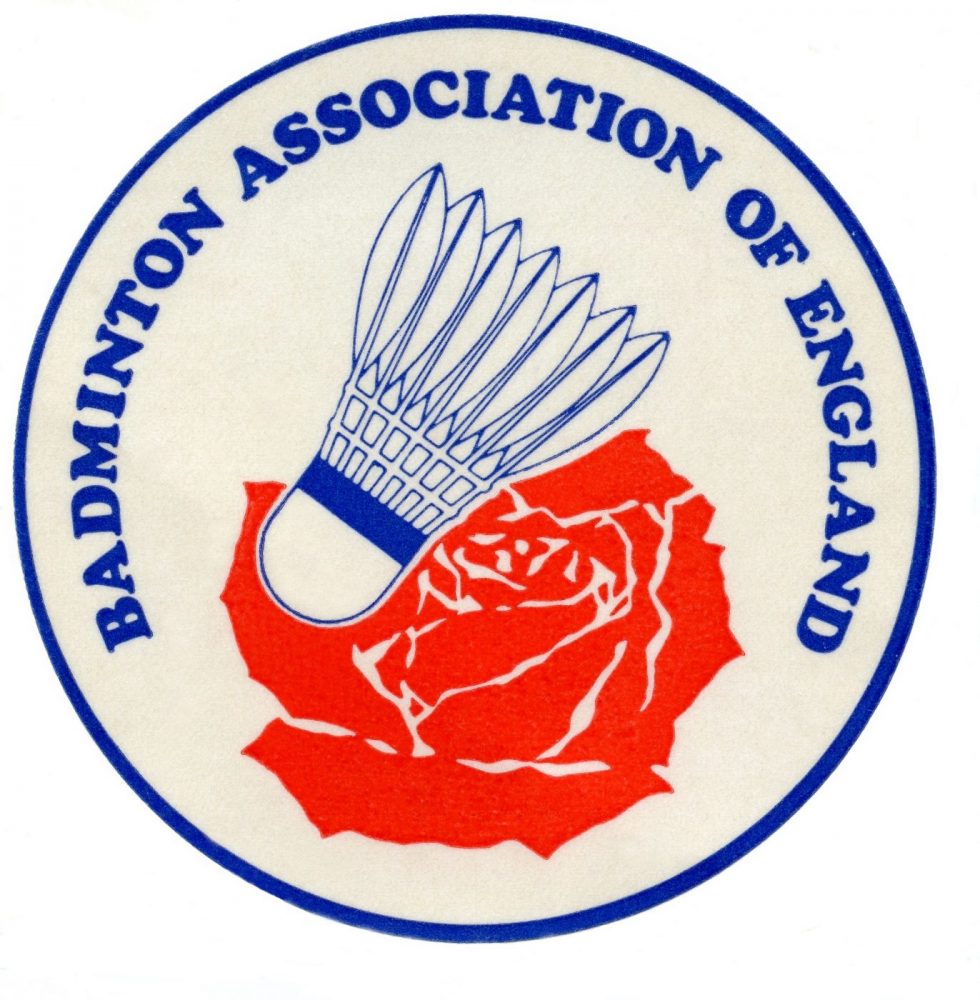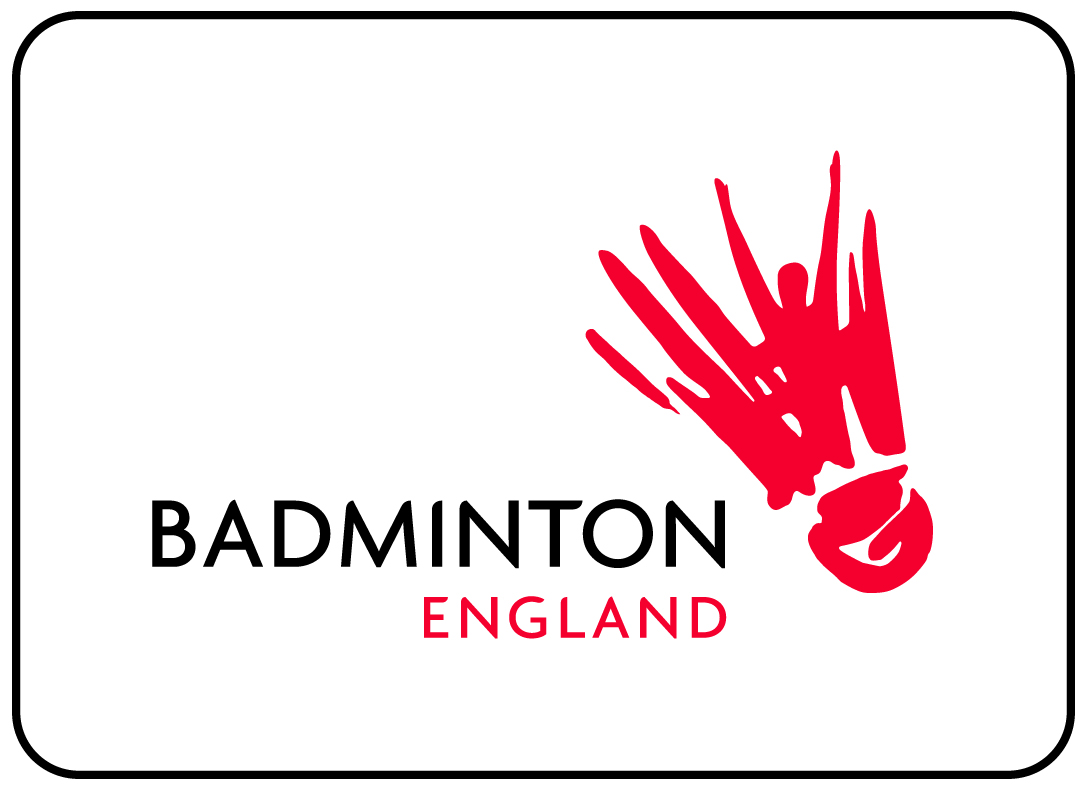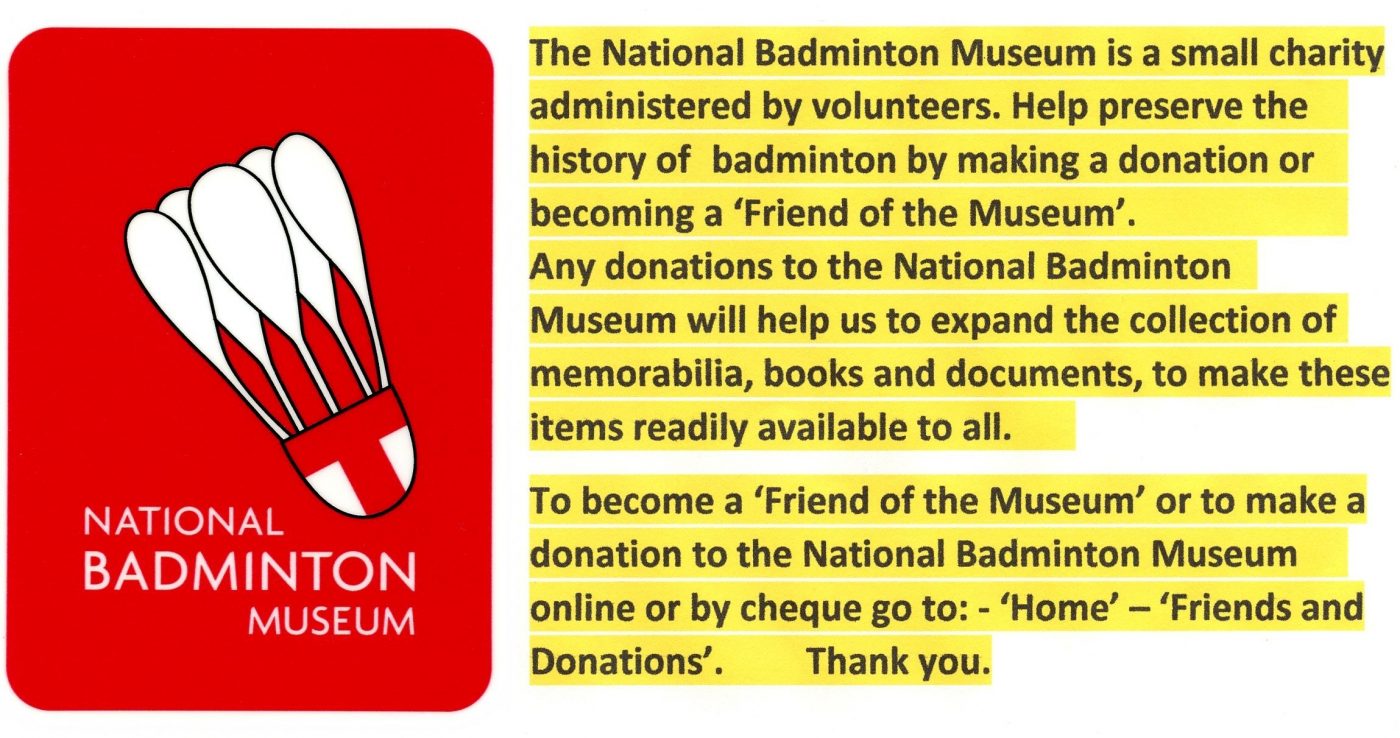THE FIRST BADMINTON ASSOCIATION
The Badminton Association was formed after Major S.S.C. Dolby placed the notice in The Field, September 9th 1893 and the notice was also sent to all known badminton clubs.
“A meeting is to be held at Dunbar, Waverley Grove, Southsea, at 2 p.m. on September 13th, for the purpose of forming a Badminton Association. All clubs are invited to send a delegate”.
Nine clubs were represented, three more had indicated that it was their wish to join the Association, and four clubs were unable to give a definite reply. All clubs came from the south or west of England.
The meeting was reported in The Field on September 23rd 1893. – It read –
“BADMINTON ASSOCIATION
A PRELIMINARY meeting was held on Sept. 13, at which were present representatives of Dawlish, Farnham, Paignton, Southampton, West Hants, Southsea, Teignmouth, Torquay and United Services (Southsea) Badminton clubs. The Bognor, Chichester, and Lymington Clubs signified their wish to join the association and abided by the rules framed, whilst the Dover, Guildford, Ryde and Bath Clubs were unable to give a definite answer at present. Major Dolby, Southsea, was elected to the chair. It was resolved unanimously to form a Badminton Association, and the following committee was appointed: Major S.S.C. Dolby, President, Southsea; Major W.A. St Clair, Southsea B. C.; Lieut-Col. H.M. Matthews, Major R. Waller, Southampton B.C.; P. Buckley, Esq. South Hants B.C.; A. Southey, Esq., Teignmouth B.C.; C.E. Robinson, Esq., Torre (Torquay) B.C.; Lieut-Col. A.B. Ridgeway, U. S. Southsea B.C.; Lieut-Col. F. Roberts, U. S. Southsea B.C.; hon. Secretary and treasurer, Major S.S.C. Dolby, Southsea (Dunbar, Waverley-grove, Southsea).
Rules for the association were framed and approved. The rules of the game were discussed and decided upon, and it was resolved that they should be published by Mr F.H.Ayres, of 111, Aldersgate-street, London, who would also undertake the manufacture and sale of the necessary gear of the patterns approved”.
Prior to the formation of the Badminton Association in 1893 clubs were playing the game in various forms, without any generally recognised code of laws. There was certainly a printed code, which, with occasional modifications, was observed at some of the bigger clubs; but in most places, local rules were quite different to those observed elsewhere. Even such essential details as size of the court and height of the net varied enormously. Most clubs used the space available for their courts which meant that some of courts were almost twice the size as we know them today. Under such conditions, it was impossible for the game to develop to any extent as players moving from one club to another found themselves participating in practically a new game, while interclub matches were hampered by the difficulty of recognising the diverse rules of the opposing teams. Bringing the clubs into line regarding the laws of the game was by no means easy, not unnaturally each club considered its own rules to be the best.
14 clubs joined the Association during the first year. It was the first national badminton association in the world. The popularity of the sport increased steadily with 300 clubs being introduced by the 1920s, rising to over 9000 shortly after World War II. The Badminton Association would govern world badminton until 1934.
Photo: – Geoff Hinder
At the inaugural meeting of the Badminton Association, Major Dolby was elected president, secretary and treasurer. In 1898 he handed the presidency of the Badminton Association over to Mr. Percy Buckley. 1899 saw him having to resign as secretary and treasurer as he was sent on military service to South Africa at the time of the Boer War. Even during his time in South Africa he did not stop developing the game of badminton, founding in 1904, the United Services Badminton Club at Wynberg, with a membership of over 50, and acting as honorary secretary.
It was on his return to England from South Africa in 1905 now Colonel Dolby that he renewed his connection with United Services Southsea B.C.
By 1912 he had moved to Middlesex becoming the secretary of the Ealing Badminton Club and eventually becoming secretary of Middlesex County Badminton Association. Throughout the First World War he kept badminton alive in England and held the secretary’s job until 1920 when he had also become Vice President of the Badminton Association.
It was the officers and committee members of the Badminton Association (England) in 1934, led by Sir George Thomas and Albert Prebble that were some of the main motivators in creating a new world badminton governing body, the establishment of the new governing body was proposed by the Badminton Association; thus, its management followed the democratic one of the Badminton Association. The new organisation was called the International Badminton Federation (IBF) now called the Badminton World Federation (BWF). The nine founder members were Canada, Denmark, England, France, Ireland, Netherlands, New Zealand, Scotland and Wales. Many of the new IBF’s core officers and committee members were also those of the Badminton Association.
In 1934 the Badminton Association changed its name to the Badminton Association of England and again in 2005 to Badminton England.
Photo: – Louis Ross
In 1993 the Centenary Year of the Badminton Association/Badminton Association of England a blue plaque was unveiled at Dunbar, 6 Waverley Grove, Southsea, Hampshire. The plaque was donated and erected by the Portsmouth and District Badminton Association. Photo: – L to R. Madame Lu Shengrong, President of the International Badminton Federation ( now BWF), Mrs. A.M.Bentley, Lady Mayoress of Portsmouth, Peter Birtwistle, President of the Badminton Association of England and Peggy Sadler, President of the Hampshire Badminton Association.
Photo: – Geoff Hinder
The owners of the house in 1993, Mr. and Mrs. Rodney Whiting, had not known the history of their home until approached by badminton researchers and they took obvious pride and delight in the occasion. One of their discoveries was the name ‘Dunbar’ by which the house was known all those years ago, they installed a new nameplate on the opposite side of the front door to the blue plaque of commemoration.
If you have any badminton memorabilia, archive material, or any other items and would like to donate them to the National Badminton Museum please contact us at: –
museum@badmintonengland.co.uk
Thank you to all the ‘Friends of the Museum’ and people who have made donations to the National Badminton Museum, your support enables us to purchase extremely rare badminton artefacts for the National Collection as they become available.
Visitors are welcome to look around the Museum unescorted at any time – the National Badminton Centre is normally open 9am to 8pm every day.
National Badminton Museum, National Badminton Centre, Bradwell Road, Loughton Lodge,
MILTON KEYNES MK8 9LA
National Badminton Centre
Lodge Hotel
For more information and to book a room go to: – Badminton England website – https://www.badmintonengland.co.uk – National Badminton Centre – National Badminton Centre Hotel.
———————————————-
